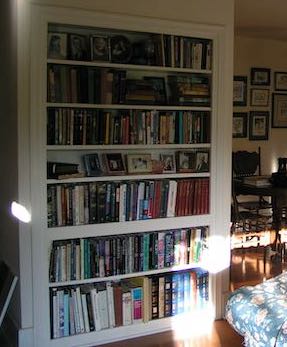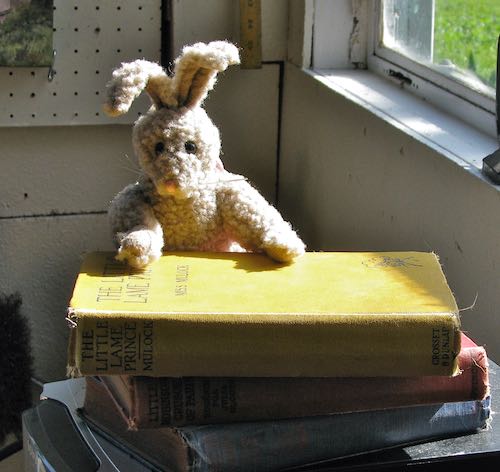Only the Living? What is that?
So glad you asked!
Only the Living is the title of my most recent book publishing effort*. This is a novel by my dear friend, Louise Jackson, author of many books, our third project together. We began working on this one last summer, and now it is ready for purchase.
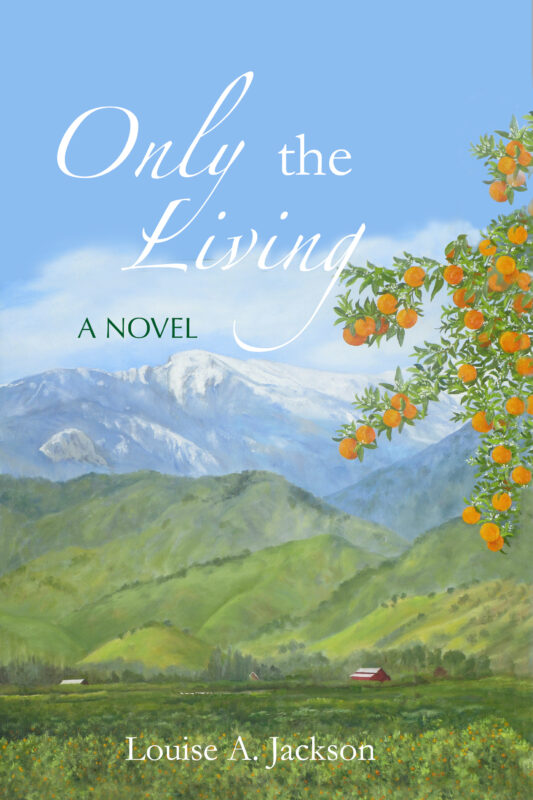
Based on a true story that takes place in the Western United States during the tumultuous nineteen thirties, Only the Living is centered on Teresa Wei Ramirez, a young girl of Mexican-Chinese heritage. Thrust from a stable family life as a child in Arizona into a life of migratory field work, Teresa’s life evolves into one of fear, longing, and dreams of escape as her labor crew migrates through agricultural fields up and down the Pacific Coast states.
Teresa’s dreams of escaping become reality after she survives being beaten and abandoned in the fields of California’s Central Valley farmlands and is taken to a welcoming home and family in the Tulare County town of Farmington. There she finds acceptance, love and hope for her future, yet holds a continuing fear of the life she’s left behind.
Her interactions with those who have created her fears, love, marriage, parenthood, reunification with family, labor union struggles, and lifestyle choices, all contribute to Teresa’s struggle for belonging in diverse
multicultural communities of complex, multifaceted individuals.
The story takes place in a decade of change and uncertainty between two world wars, a time of massive immigrations, migrations, depression, social upheavals, prejudice and fear. A time also, of opportunity, new freedoms, changing technologies and values. A time not unlike today.
WHERE CAN YOU BUY ONLY THE LIVING?
So glad you asked! Right here, at Lulu Publishing.
Why yes, that is my painting on the cover! Thank you for noticing. Louise insisted, and I am completelyhelpless in the face of her requests.
*I help local authors by editing, proofreading, formatting, designing covers, and submitting manuscripts to assisted-self-publishing companies. This is my first novel. Nope, I don’t do marketing, other than putting the purchasing info on my blog.
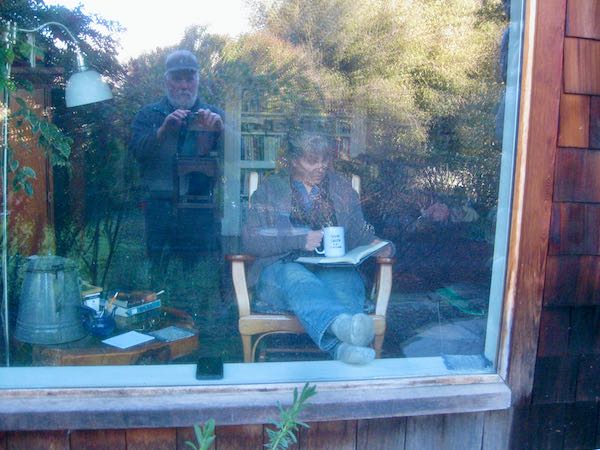
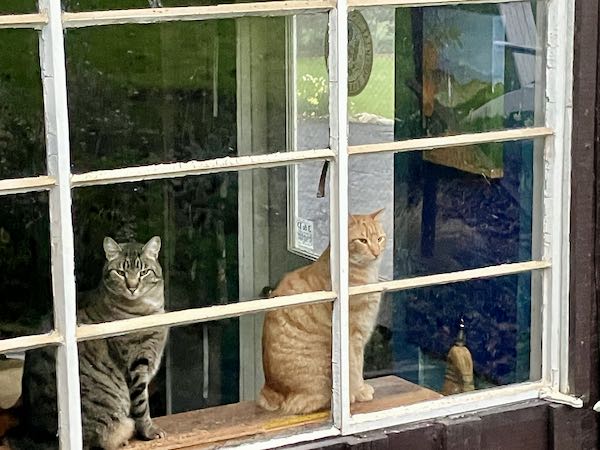
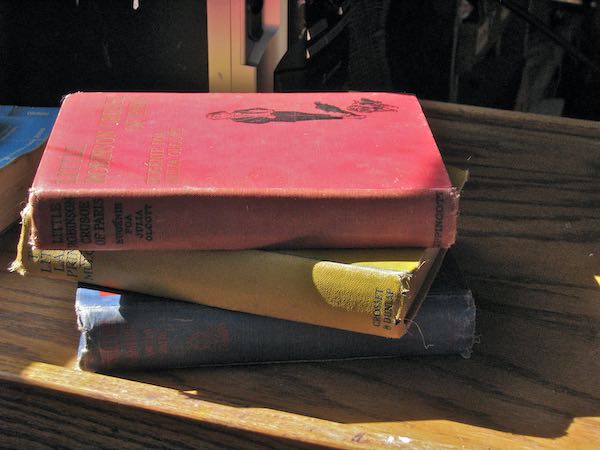
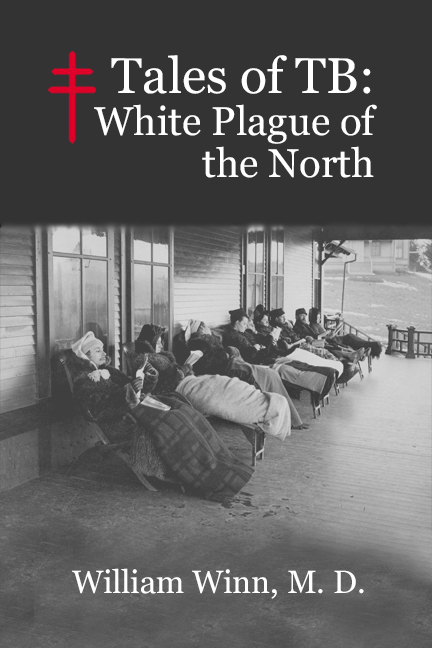
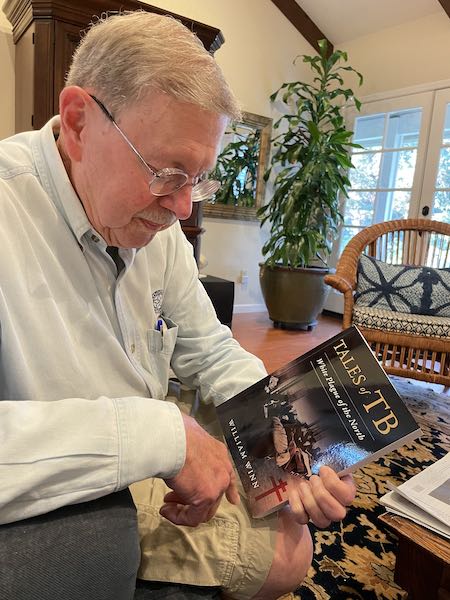
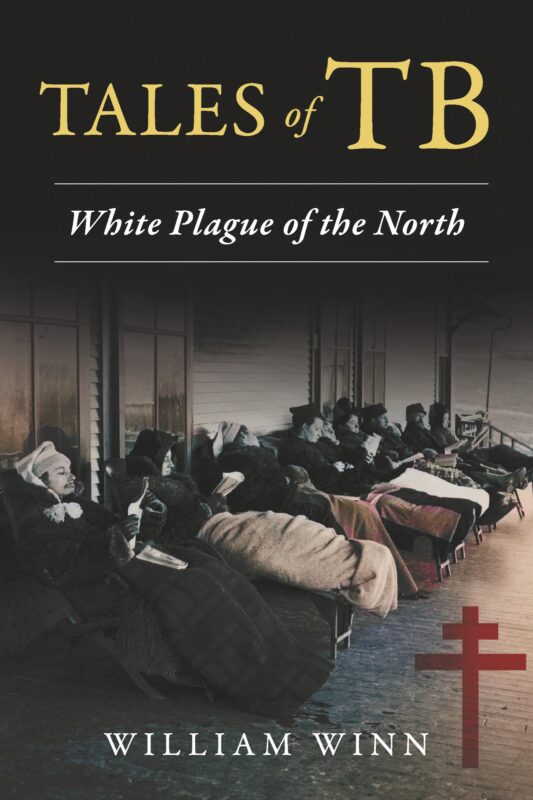
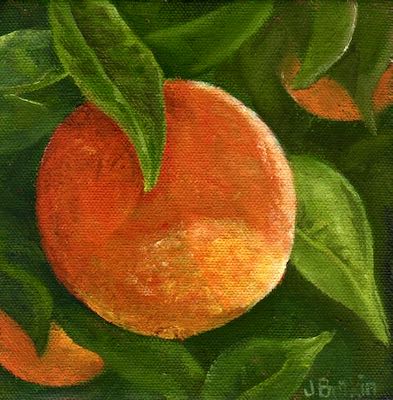
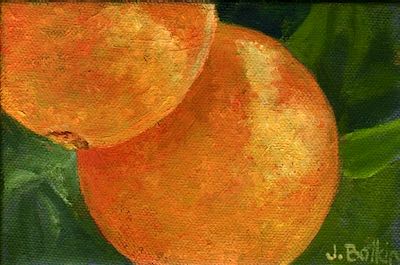

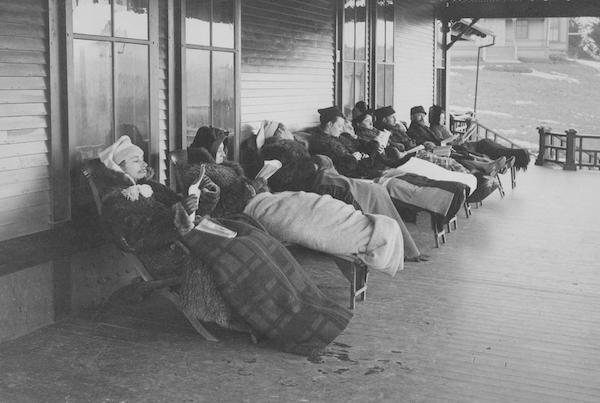

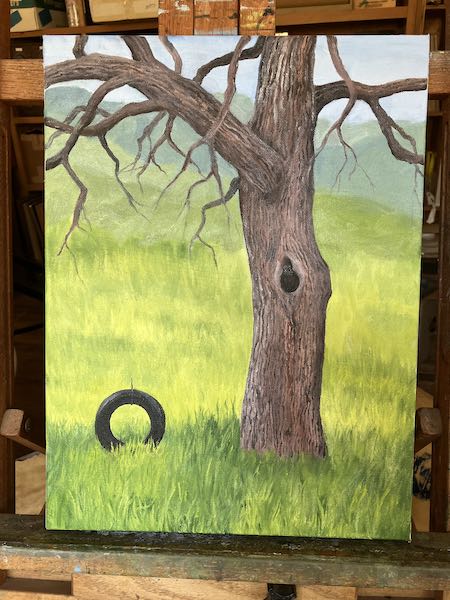
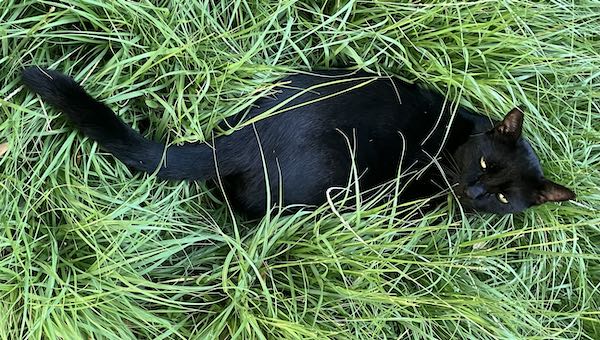
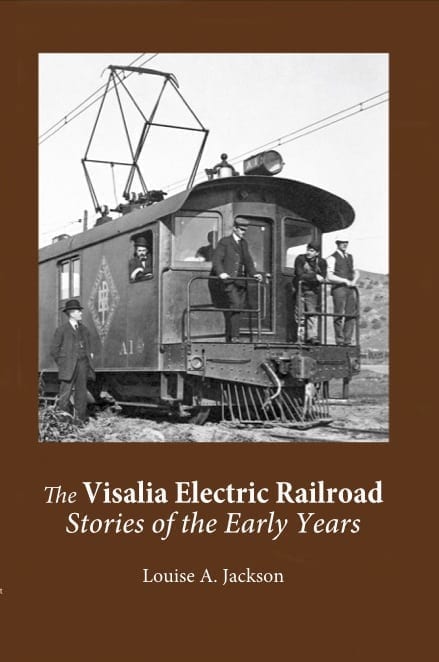
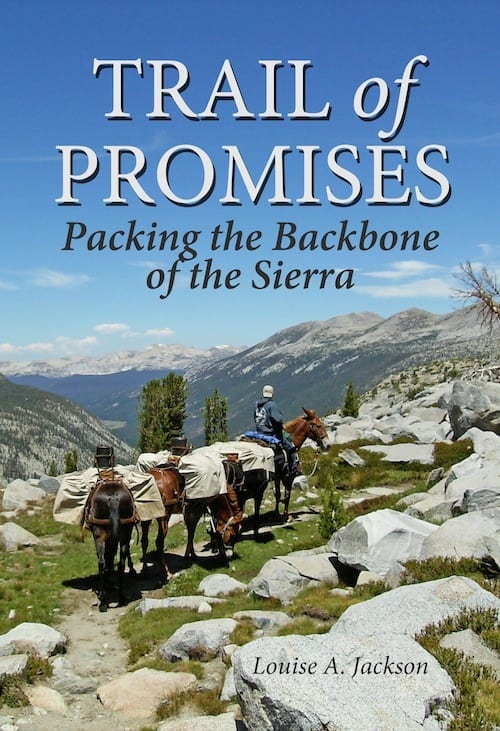
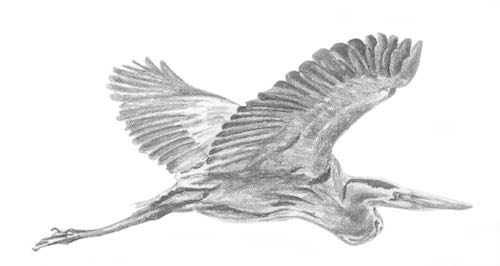
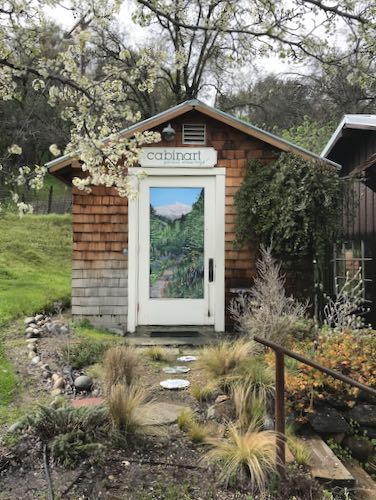 This is what filled my day a few weeks ago, most work related, and none of it actually for profit.
This is what filled my day a few weeks ago, most work related, and none of it actually for profit. 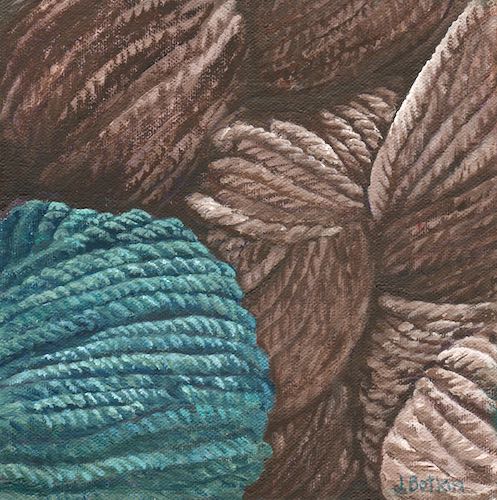 That was a busy day, lots of work, all of it not-for-profit. But sometimes an artist has got to do what she’s got to do.
That was a busy day, lots of work, all of it not-for-profit. But sometimes an artist has got to do what she’s got to do.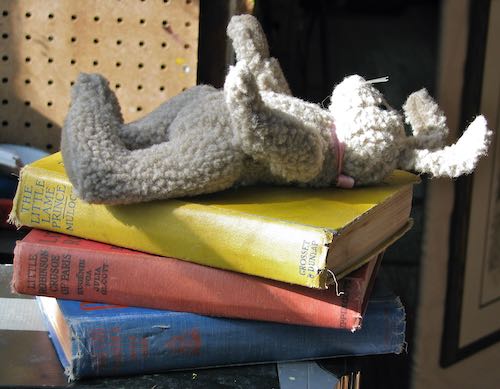
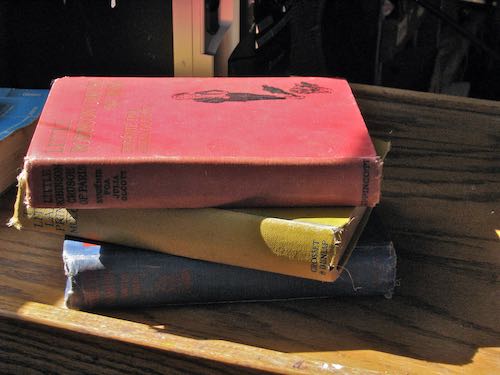 As promised yesterday, today we continue The List of tasks in writing a book. (This ought to be numbers 15-29, but I can’t get the blog to obey me.)
As promised yesterday, today we continue The List of tasks in writing a book. (This ought to be numbers 15-29, but I can’t get the blog to obey me.)